Powerlifting isn’t just for young athletes. For women over 40, it’s a powerful tool for maintaining strength, boosting metabolism, and supporting long-term health. But to get the most out of your training, what you eat matters just as much as how you lift. The right nutrition fuels recovery, supports muscle growth, and helps manage energy levels—especially as metabolism naturally slows with age.
Here are 12 practical, coach-style strategies to help you eat healthier while powerlifting—no extreme diets or complicated meal plans required.
Muscle repair and growth depend on adequate protein. As we age, our bodies become less efficient at using protein (a condition called anabolic resistance), so it’s crucial to consume high-quality protein consistently throughout the day.
Aim for 25–30 grams of protein per meal. Good sources include eggs, Greek yogurt, chicken, fish, tofu, and legumes.
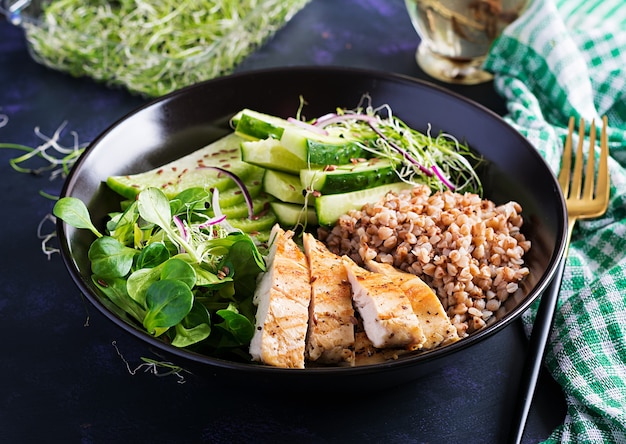
Carbohydrates are your body’s primary fuel source during intense lifting sessions. Instead of cutting them out, time them strategically. Eat complex carbs like oats, sweet potatoes, or quinoa 1–2 hours before training for energy, and pair a carb with protein post-workout to replenish glycogen and support recovery.
Healthy fats support hormone balance, joint health, and satiety—key factors for women over 40. Include sources like avocado, nuts, seeds, olive oil, and fatty fish (like salmon) daily. Just keep portions in check, as fats are calorie-dense.
Dehydration can impair strength, focus, and recovery. As we age, our sense of thirst diminishes, making it easier to underhydrate. Aim for at least 8–10 cups of water daily, more if you’re training hard or live in a warm climate.
Calcium, vitamin D, magnesium, and potassium become increasingly important with age. These nutrients support bone density, muscle function, and heart health. Load up on leafy greens, dairy or fortified plant milks, bananas, nuts, and fatty fish.
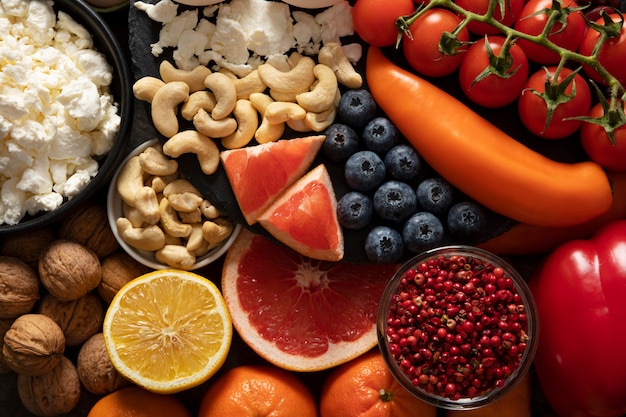
Use a simple visual guide: Fill half your plate with vegetables, one-quarter with lean protein, and one-quarter with complex carbs. Add a small portion of healthy fat on the side. This balanced approach supports energy, recovery, and overall health without calorie counting.
Many women over 40 under-eat, especially when trying to lose weight. But undereating can lead to muscle loss, fatigue, and stalled progress. Powerlifting demands energy. Track your intake for a few days to ensure you’re meeting your needs—especially on training days.
Life gets busy. Spend 1–2 hours weekly prepping staples like grilled chicken, roasted veggies, or hard-boiled eggs. Use freezer-friendly meals like soups or chili. Simple prep = consistent eating.
Mindful eating helps prevent overeating and supports digestion. Eat slowly, chew thoroughly, and pause mid-meal to check in. Are you still hungry? Or just eating out of habit?
Within 45 minutes of training, consume a mix of protein and carbs. A simple option: Greek yogurt with berries, or a turkey sandwich on whole grain bread. This window helps repair muscle and restore energy.
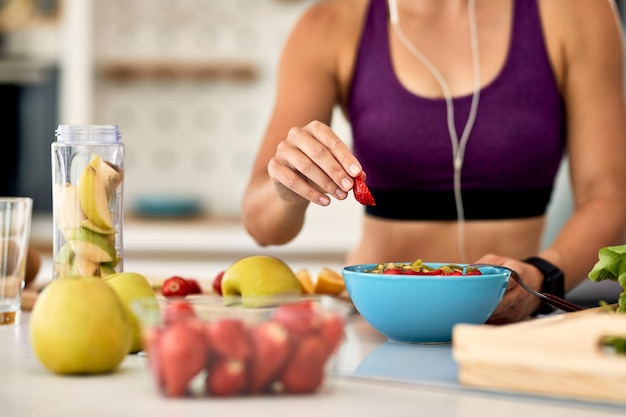
Processed foods often contain hidden sugars, unhealthy fats, and excess sodium—ingredients that can hinder performance and increase inflammation. Stick to whole, minimally processed foods most of the time. Read labels and avoid products with long ingredient lists full of unrecognizable items.
Long-term success comes from consistency, not perfection. Allow room for flexibility—enjoy a treat occasionally without guilt. The goal is progress, not perfection. Small, sustainable changes lead to lasting results.
Eating healthier while powerlifting doesn’t require drastic changes. Focus on protein, fuel your workouts, stay hydrated, and choose nutrient-rich foods. These coach-approved strategies are designed to support your strength goals and overall well-being—especially during the important decade of your 40s and beyond.
Start with one or two tips, master them, then build from there. Your body—and your lifts—will thank you.

Fitness

Fitness

Fitness

Fitness
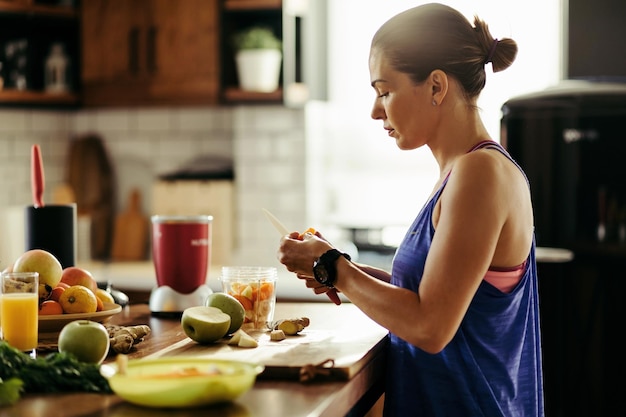
Fitness
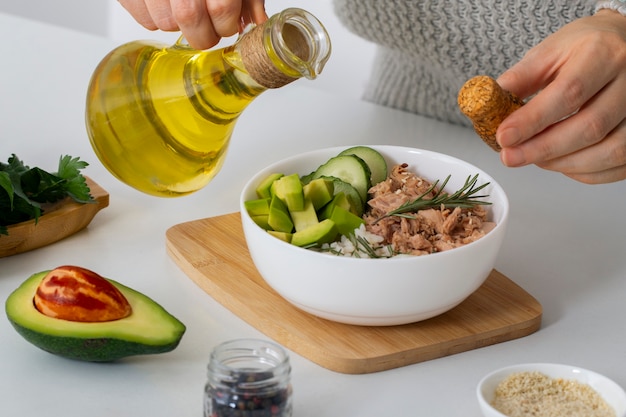
Wellness
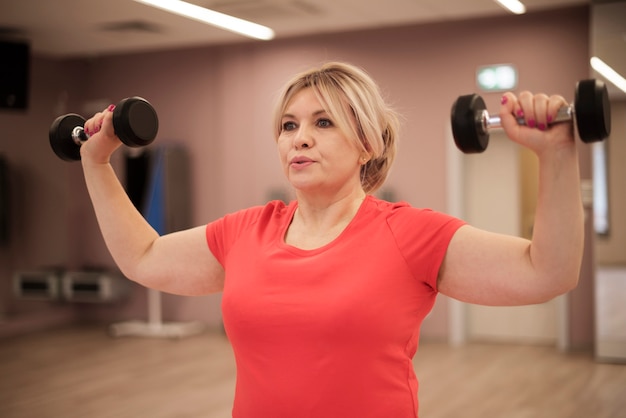
Fitness

Fitness
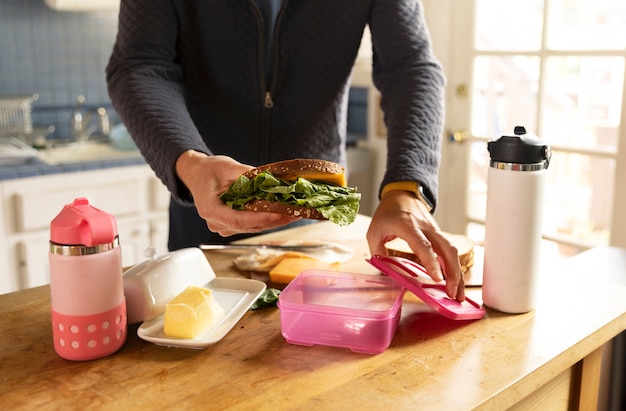
Fitness

Fitness

Health

Fitness

Health

Health